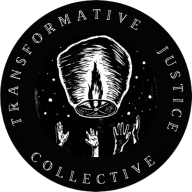Apologies for not sending a weekly wrap today. When you read this post about what I was up to yesterday, I think you'll see why! I'll try to work on the weekly wrap today and send it out tomorrow morning 🤞🏼.
Greetings from Melbourne!
I’m in Australia this week for the Harm Reduction International conference, focused on drug use, drug policy, harm reduction and human rights. I’m here as both a media scholar and a delegate — going on site visits with five other Southeast Asian journalists, and also speaking at a plenary and a high-level side event on the death penalty for drugs. I’m one of two representatives from the Transformative Justice Collective in Singapore, and we’re looking forward to learning about harm reduction principles, research and practices from around the world.
Yesterday was long but fulfilling. We spent the day in Canberra, visiting the Canberra Alliance for Harm Minimisation & Advocacy (CAHMA) and the CanTEST Health and Drug Checking Service (run by Directions Health Services in partnership with Pill Testing Australia, the Australian National University and CAHMA). They’re funded by the Australian government (both the Australian Capital Territory government and the federal government) and are engaged in harm reduction work, offering a range of different services to people who use drugs in Canberra.
At CAHMA, for instance, people who use drugs can drop in between 10am–4pm on weekdays, have some free tea or coffee, maybe grab some food, and have a chat with the peer support workers there. It’s a non-judgmental space; the staff themselves have lived experience of drug use, harm reduction and treatment. The idea is to create a space that’s safe and welcoming, a shelter from the stigma and marginalisation that people who use drugs already face in their everyday lives. The care is unconditional; people who drop in are accepted for who they are.
CAHMA provides an integrated harm reduction approach: people can have access to healthcare, counselling, peer support and other harm reduction measures like providing information about safer ways to use drugs. There’s no insistence on abstinence from drugs. If/when people are ready and decide that they want to seek treatment or stop using drugs, CAHMA has lots of resources to help them achieve their goals. They can refer them to medical professionals, set them up for substitution treatment, or even refer them to inpatient rehabilitation centres if that’s what they want. If the in-house doctor isn’t around (they’re only in once a week), CAHMA can help book an appointment with another doctor, and even drive the person to the clinic and accompany them throughout, so they’re supported every step of the way.
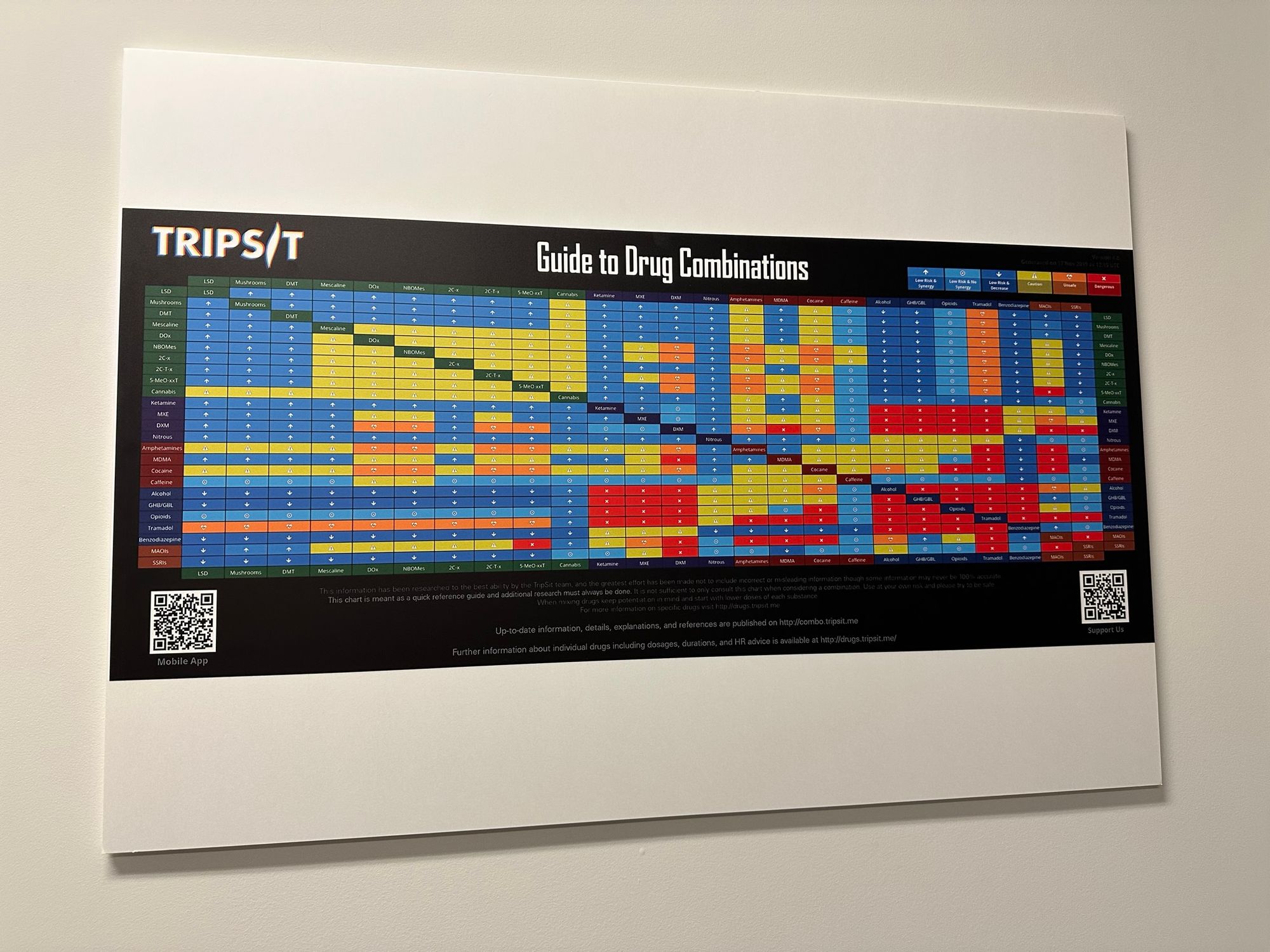
CanTEST provides a different yet no less vital service. They do pill testing, which is when people bring in drugs to get checked. Using the sophisticated equipment they have on-site, CanTEST can analyse a sample of the drug and find out its components — so users can find out if the substance has been cut with anything toxic or dangerous — and also check on its purity. This information allows people to have more control over their drug use to help them use more safely; when they know how potent the drug is, they can make better decisions about how much to take, and thus avoid accidental overdoses. If the drug is found to contain really dangerous components, most of the time people opt to discard the drug once they find out. Providing such information is much better than leaving people to their own devices to consume whatever they’ve been able to get their hands on.
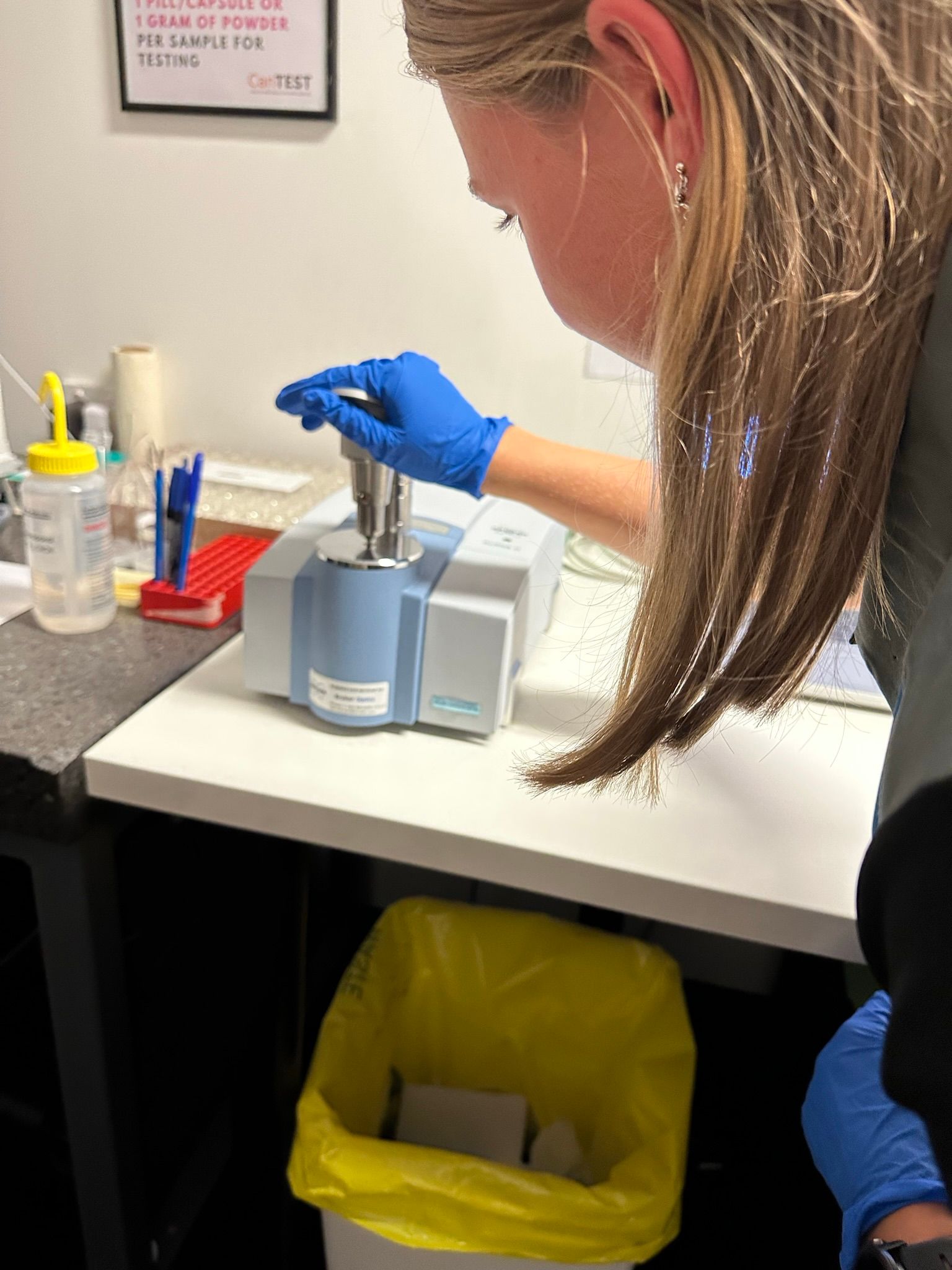
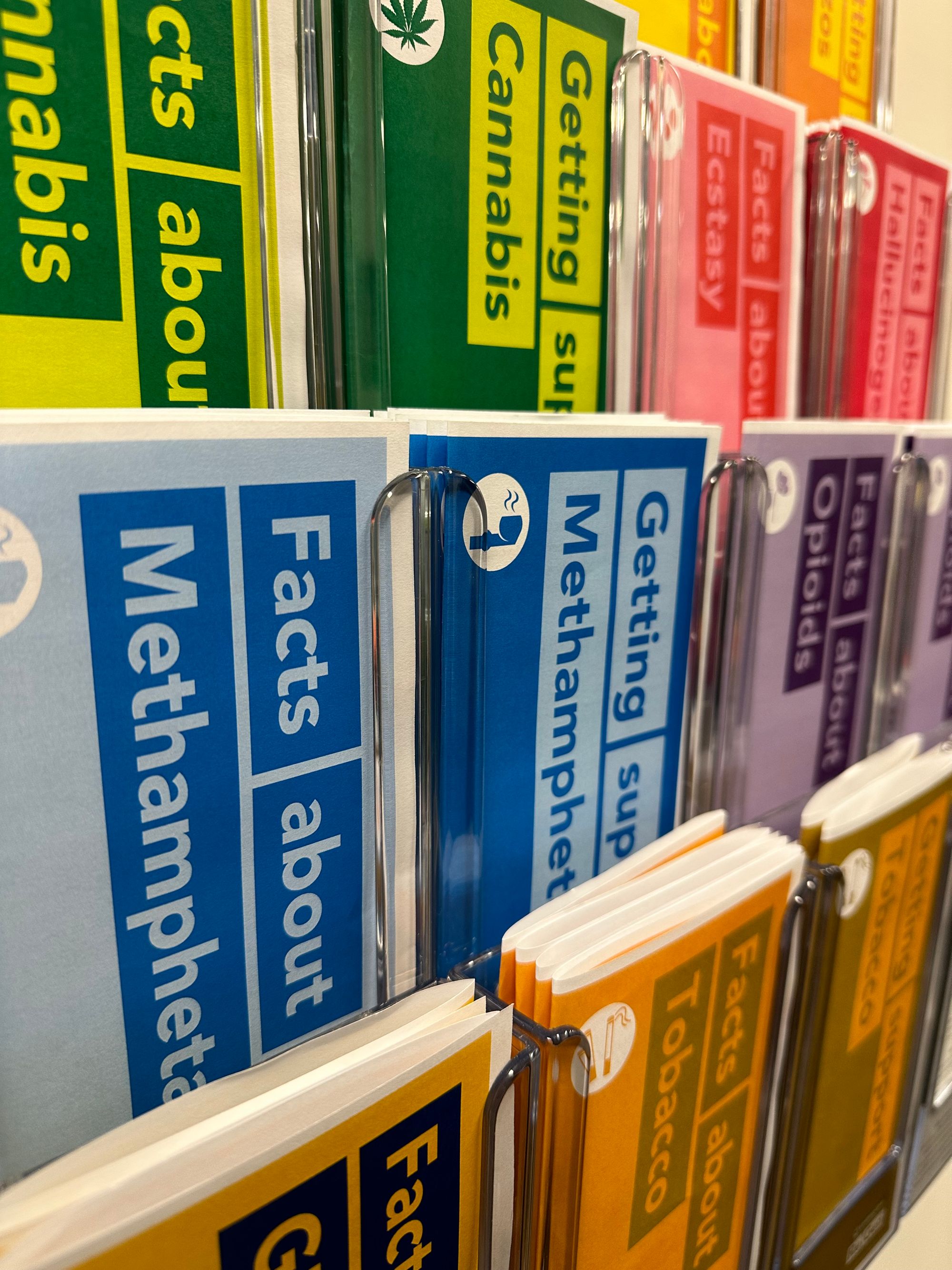
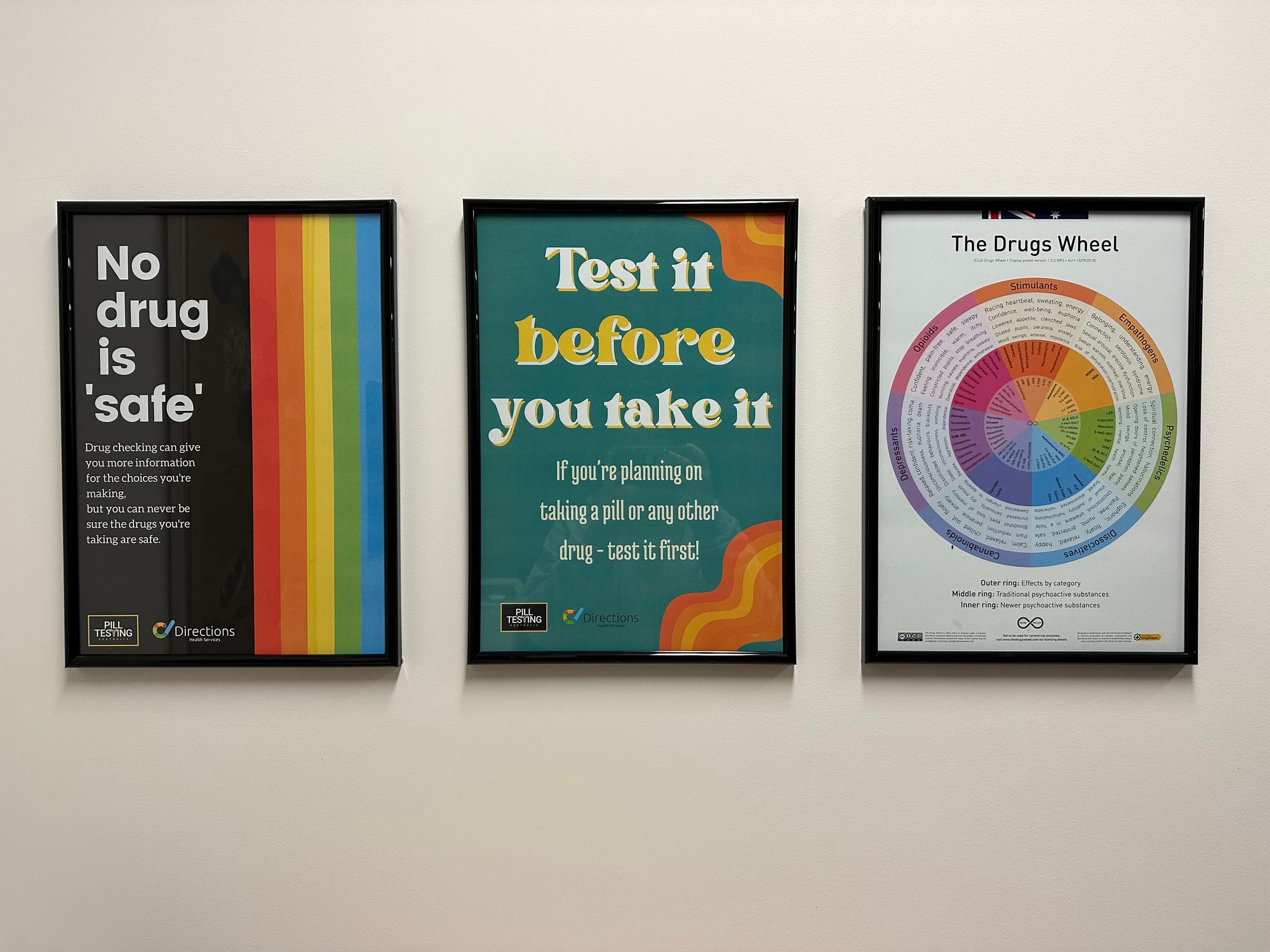
Visiting the CanTEST Health and Drug Checking Service.
There’s great public health value to all this too. With pill testing, CanTEST is collecting vital information that can shed light on the local drug market, and get a better idea of what’s circulating among drug users in Canberra. If they find anything really dangerous, they can also put out alerts to the community so people know to be careful.
The information collected can also be shared with other harm reduction and drug checking centres around the world, so all the data gets put together to provide a more informed view of global drug trends. (An example: the US has lots to worry about with fentanyl use, but CanTEST says they’ve not actually picked up fentanyl, suggesting that it isn’t a substance that has taken hold in Australia yet.)
Underpinning all this is a people-centric approach that recognises that everyone has bodily agency, and has the right to make their own decisions. People can have different relationships with drugs — in the same way that people have different experiences with alcohol or tobacco or nicotine — and not everyone has a harmful dependence on substances (and even if they do, arrest, coercion, or compulsory detention aren’t the ways to go). The focus is not on forcing everyone to do certain things or behave in certain ways, but to minimise harm by reducing deaths and maintaining health and well-being as much as possible.
Visiting CAHMA and CanTEST felt like walking into different world from Singapore, where we continue to tout a ‘zero tolerance’ drug policy based on criminalisation and punishment. Anything less than rejection is seen as “enabling” or “encouraging” drug use. There’s little distinction between the different points on the spectrum of drug use; everyone is seen as a “drug abuser” or an “addict” regardless of their personal relationship with drugs. There’s very little notion of respecting choice and managing one’s use — abstinence is generally the only way, and if one fails to live up to that goal, there’s just more surveillance and punishment and shame. There’s no space for people who use drugs to talk about their stories or experiences, unless they are narrating things that fit with the dominant narrative about abstinence and overcoming individualised failings. Government policy and ideology is prioritised over lived experience.

While at CAHMA we spoke to a young man, attending university in Canberra, who uses CanTEST’s services. He doesn’t see himself as dependent on substance use; instead, he sees himself as a recreational user who takes ketamine or MDMA only when he attends parties or music festivals. Since the pill testing service is available, he brings the drugs he’s bought to CanTEST ahead of a party to check the contents of the substance and get information that helps him figure out how much he wants to take so that he doesn’t end up consuming more than intended. He told us that access to such harm reduction measures hasn’t increased his substance use; it’s just made him better equipped to make decisions and feel safe, and also to look out for the friends around him. Apart from these occasional parties and concerts, he goes about his life as a university student, working his way towards graduation.
Learning all this makes me think of people like Nazeri bin Lajim, who was executed for drug offences last July at the age of 64. When I spoke to his sister, she told me that his run-ins with law enforcement and time in prison had made him feel like the “trash of society”, filling him with shame and low self-esteem. As the staff at CAHMA and CanTEST talked us through their work, I wondered how different things would have been for Nazeri if he’d been able to access such services instead of shuttling in and out of prison. What if, instead of penalties that caused stress and trauma and alienation, he’d been able to join a community that didn’t judge and worked to keep him as safe as they could, allowing him to set his own goals about where he wanted to be in life? What if the focus had been on building a network of care and addressing the trauma and issues underlying his drug use?
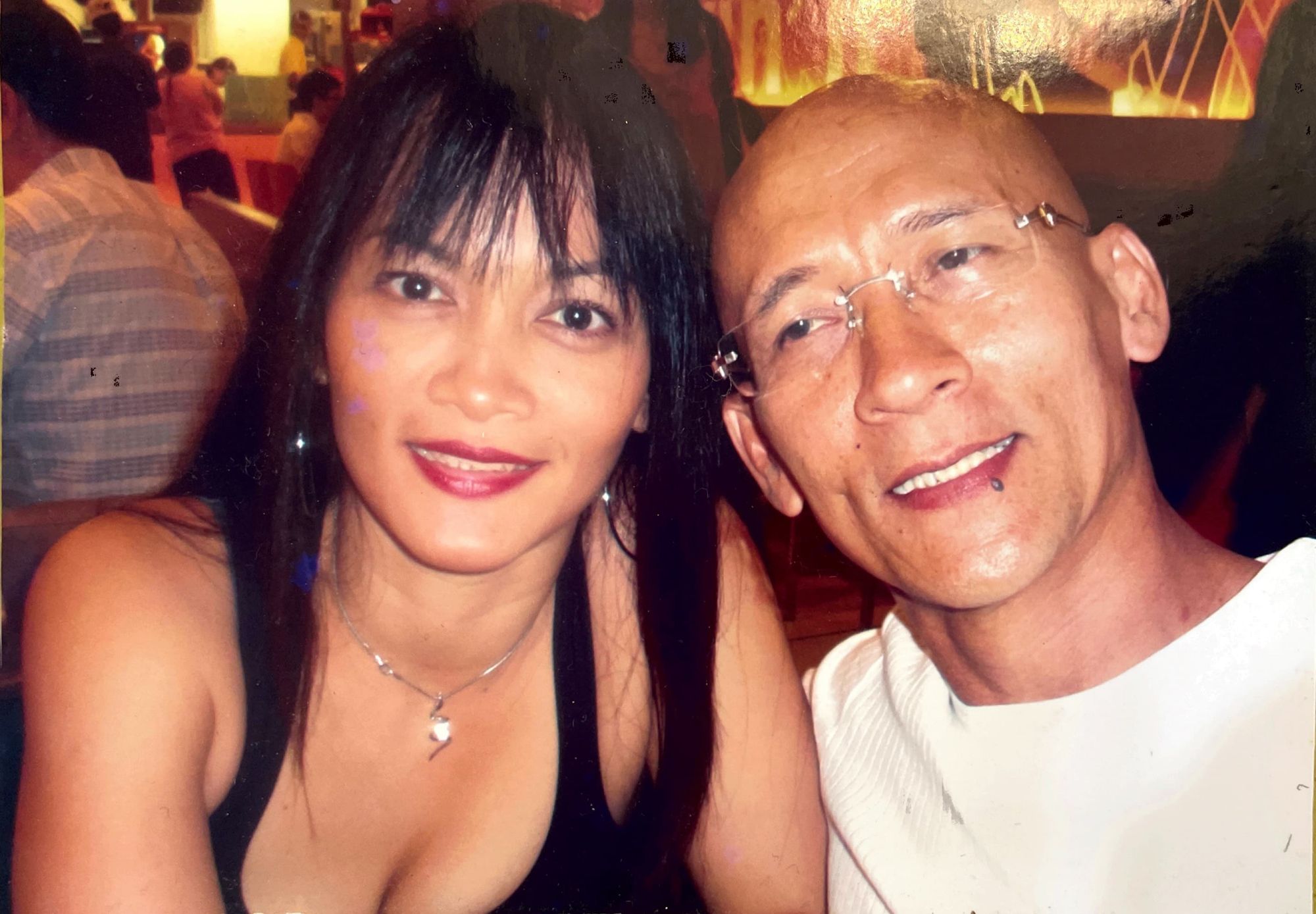
It’s hard to predict with certainty how Nazeri’s life would have turned out if he had access to harm reduction services. But he would, at the very least, be alive, and have a network to help him work towards his goals for his well-being.
During our site visits yesterday there were comments about how there’s still a long way for Australia to go, how there are other countries leading the way for Australia to catch up to. Singapore is even further behind, and it made me both sad and angry to think about how people who use drugs are treated in our country. But it also gives me hope to see what’s available, to help us imagine a better, more caring future to work towards.
🧵 Many people think about harm reduction in the context of drugs, and it’s also been portrayed as enabling drug use. But in reality, harm reduction is rooted in care, dignity and autonomy, and is life-saving in many instances. pic.twitter.com/Nova4ZGAKy
— Transformative Justice Collective (@tjc_singapore) March 1, 2023

